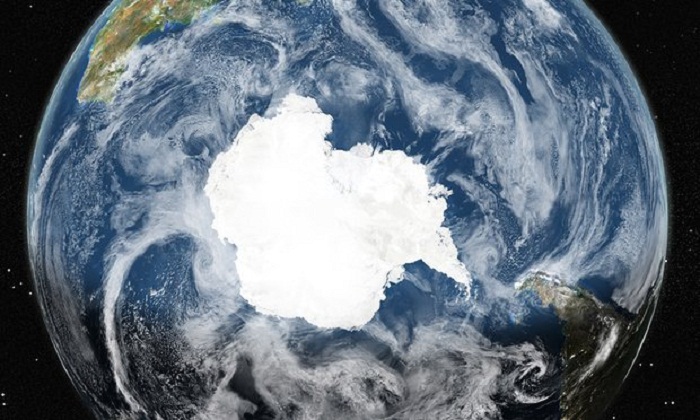Earth`s day lengthens by two milliseconds a century, astronomers find

The split second gained since the first world war may not seem much, but the time it takes for a sunbeam to travel 600km towards Earth can cost an Olympic gold medal, as the American Tim McKee found out when he lost to Sweden’s Gunnar Larsson in 1972.
For those holding out for a whole extra hour a day, be prepared for a long wait. Barring any change in the rate of slowing down, an Earth day will not last 25 hours for about two million centuries more.
Researchers at Durham University and the UK’s Nautical Almanac Office gathered historical accounts of eclipses and other celestial events from 720BC to 2015. The oldest records came from Babylonian clay tablets written in cuneiform, with more added from ancient Greek texts, such as Ptolemy’s 2nd century Almagest, and scripts from China, medieval Europe and the Arab dominions.
The ancient records captured the times and places that people witnessed various stages of solar and lunar eclipses, while documents from 1600AD onwards described lunar occultations, when the moon passed in front of particular stars and blocked them from view.
To find out how the Earth’s rotation has varied over the 2,735-year-long period, the researchers compared the historical records with a computer model that calculated where and when people would have seen past events if Earth’s spin had remained constant.
“Even though the observations are crude, we can see a consistent discrepancy between the calculations and where and when the eclipses were actually seen,” said Leslie Morrison, an astronomer on the team. “It means the Earth has been varying in its state of rotation.”
The Earth formed from a spinning cloud of dust and gas 4.5bn years ago, but it is thought to have received an extra rotational kick when a Mars-sized object crashed into the young planet and knocked off the material that became the moon. In that cataclysmic event, a day on Earth may have leapt from six hours to 24 hours.
But astronomers have long known that Earth’s spin is slowing down. The main braking effect comes from tides caused by the moon’s gravity. “The heaping up of water drags on the Earth as it spins underneath,” said Morrison. As Earth’s rotation slows, the moon’s orbit grows by about 4cm a year.
Tidal braking is not the only force at work though. The astronomers found that Earth’s spin would have slowed down even more had it not been for a counteracting process. Since the end of the most recent ice age, land masses that were once buried under slabs of frozen water have been unloaded and sprung back into place. The shift caused the Earth to be less oblate – or squished – on its axis. And just as a spinning ice skater speeds up when she pulls in her arms, so the Earth spins faster when its poles are less compressed.
Changes in the world’s sea levels and electromagnetic forces between Earth’s core and its rocky mantle had effects on Earth’s spin too, according to the scientists’ report in Proceedings of the Royal Society. The different forces seem to drive cycles in the Earth’s rotation spanning decades to centuries, with one cycle repeating every 1500 years.
“Geological processes occur on long time scales which makes direct observation of their evolution extremely difficult on human timescales,” said Jon Mound, a geophysicist at Leeds University who was not involved in the research. “This is a particular problem for phenomena such as the Earth’s rotation which don’t leave direct evidence in the geological record.”
“In many ways this is an amazing result that ties together a wide range of investigations at opposite ends of the scale of technological sophistication to determine to high precision an extremely small effect,” he added.
/TheGuardian/















































